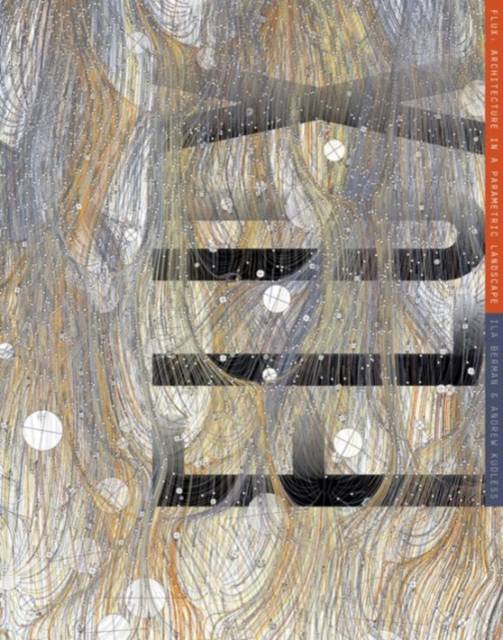
- Afhalen na 1 uur in een winkel met voorraad
- Gratis thuislevering in België vanaf € 30
- Ruim aanbod met 7 miljoen producten
- Afhalen na 1 uur in een winkel met voorraad
- Gratis thuislevering in België vanaf € 30
- Ruim aanbod met 7 miljoen producten
Omschrijving
FLUX: Architecture in a Parametric Landscape focuses on the radical evolution of computational and material technologies that, during the last 25 years, have catalyzed one of the most creative and prolific periods in architecture since the early 20th century.
The widespread uptake of computational tools did not yield a singular architectural or urban typology despite the sharing of genetic traits derived from the use of common tools, methods and even materials. Rather, the heterogenous products of this period, organized in this book through a taxonomy of eight themes--Stacked Aggregates, Modular Assemblages, Pixelated Fields, Cellular Clusters, Serial Iterations, Woven Meshes, Emergent Surfaces, and Multi-Agent Networks--each of which explores a dominant logic and set of morphological traits, reflect the complexity of advancing tools, logics, and systems whose evolution continues to breed new evolutionary types and an unlimited diversity of architectural species.
Specificaties
Betrokkenen
- Auteur(s):
- Uitgeverij:
Inhoud
- Aantal bladzijden:
- 336
- Taal:
- Engels
Eigenschappen
- Productcode (EAN):
- 9781940743004
- Verschijningsdatum:
- 24/09/2024
- Uitvoering:
- Hardcover
- Formaat:
- Genaaid
- Afmetingen:
- 236 mm x 300 mm
- Gewicht:
- 2086 g

Alleen bij Standaard Boekhandel
Beoordelingen
We publiceren alleen reviews die voldoen aan de voorwaarden voor reviews. Bekijk onze voorwaarden voor reviews.











